See stunning photos of the Atacama Desert — the driest on Earth — blooming in winter for 1st time in a decade
"This very arid soil houses a treasure," ecologist María Fernanda Pérez told Live Science after the Atacama Desert produced a rare winter bloom.
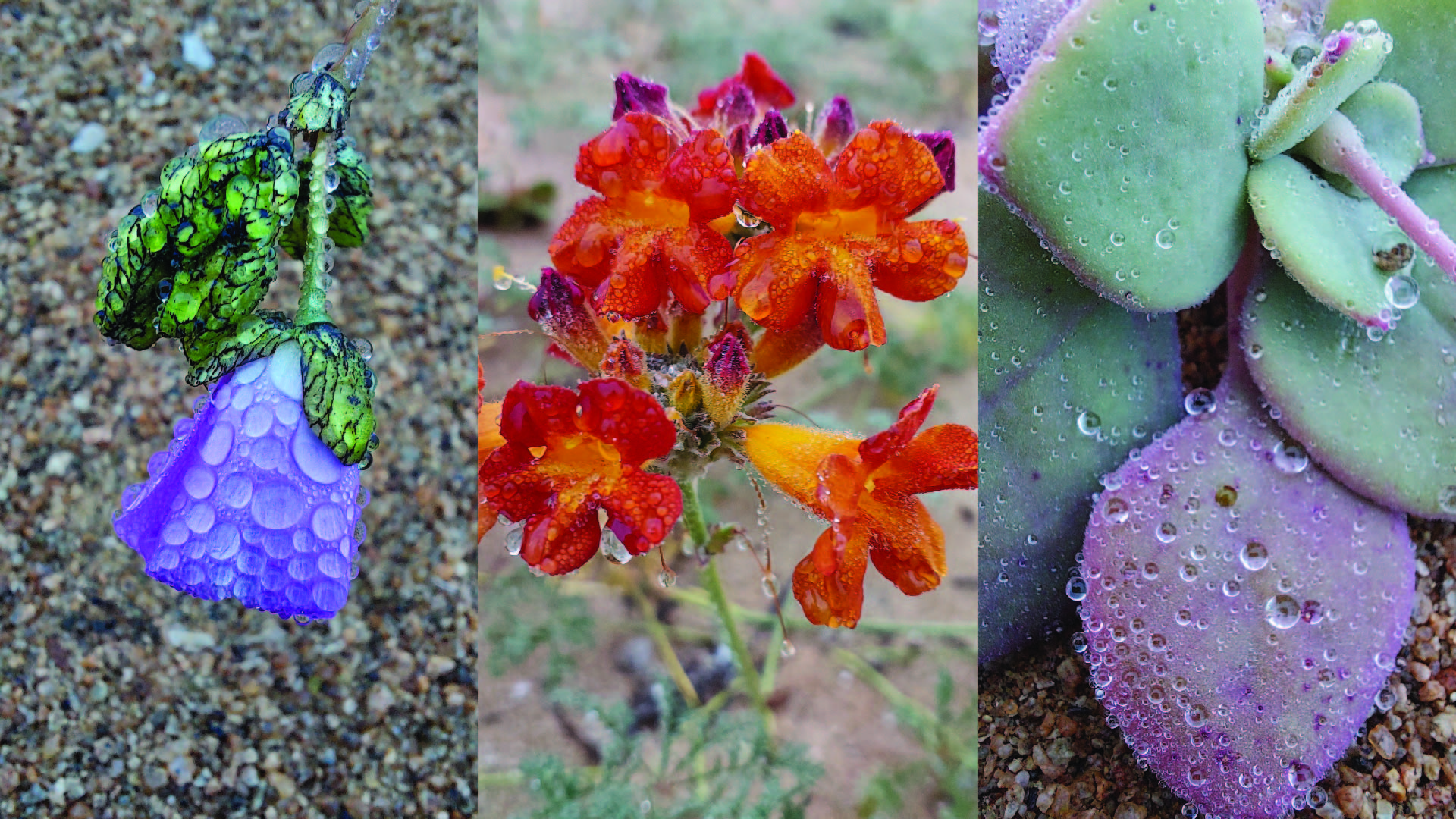
For the first time in a decade, plants in the Atacama Desert have started flowering in the middle of winter, covering a portion of the driest desert on the planet in white and violet hues.
The rare bloom is the result of rain in northern Chile during the Southern Hemisphere's fall. About 0.4 inches (11 millimeters) fell in mid-April, which combined with the morning fog known locally as "camanchaca" to activate vegetation that can remain dormant for up to 15 years.
Two of the first species to color the landscape this year were the "pata de guanaco" (Cistanthe grandiflora), with its bright fuchsia-colored flowers, and the white "sighs of the field" (Nolana baccata).
The flowering has occurred in an area covering between 115 and 155 square miles (300 to 400 square kilometers), said César Pizarro, head of the Biodiversity Conservation section and Scientific Research at the National Forestry Corporation (Conaf) in Atacama. A full flowering desert, which occurs in spring (September to October) due to winter rains, can extend over about 5,800 square miles (15,000 square km), with more than 200 species in bloom.
Typically, the desert flowers bloom in spring in years when at least 0.6 inches (15 mm) of rain falls between June, July and August. This is related to the El Niño phenomenon — which increases precipitations in Chile above average.
Related: Rainforest of super trees descended from lost supercontinent Gondwana being created in Australia
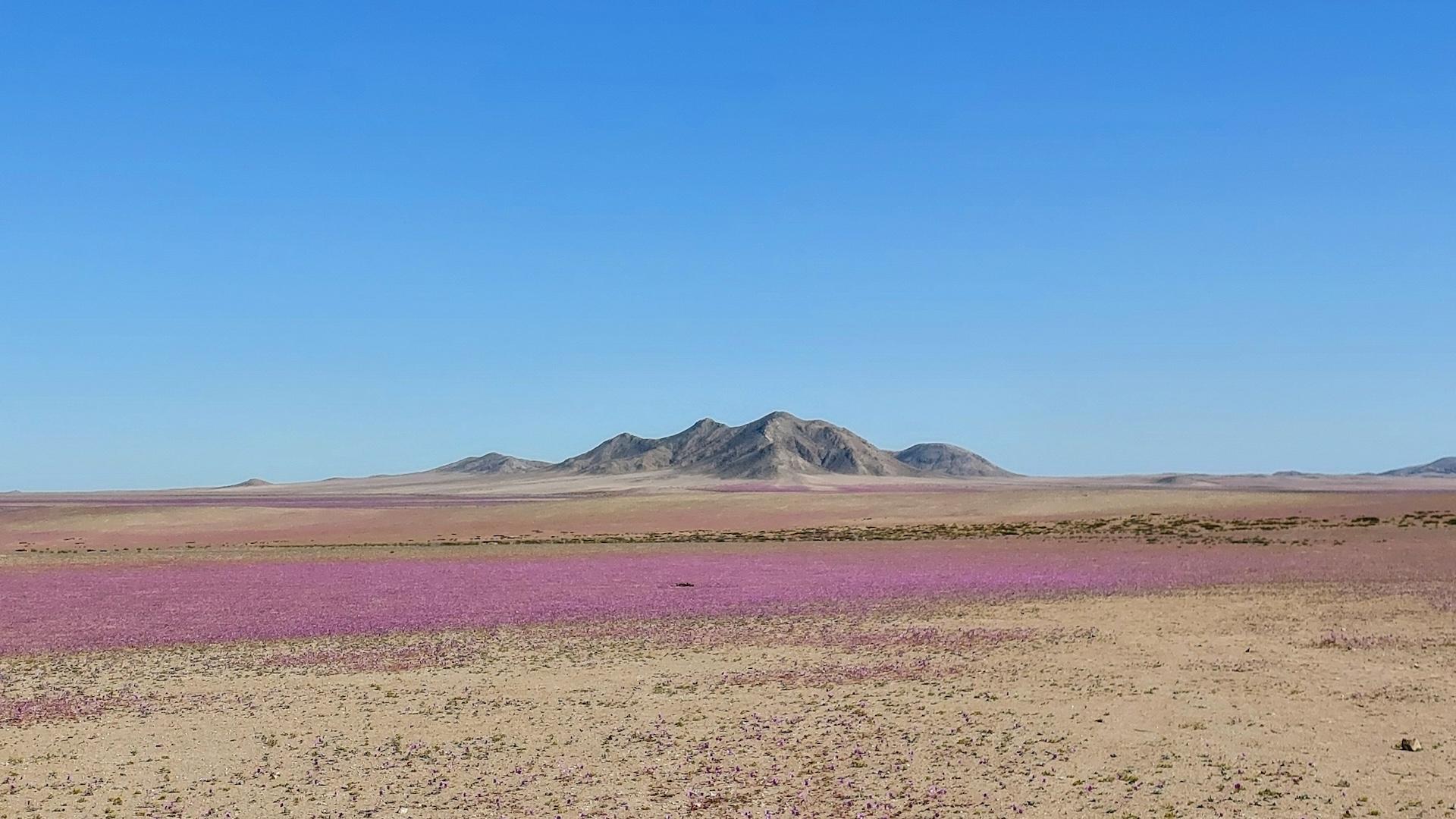

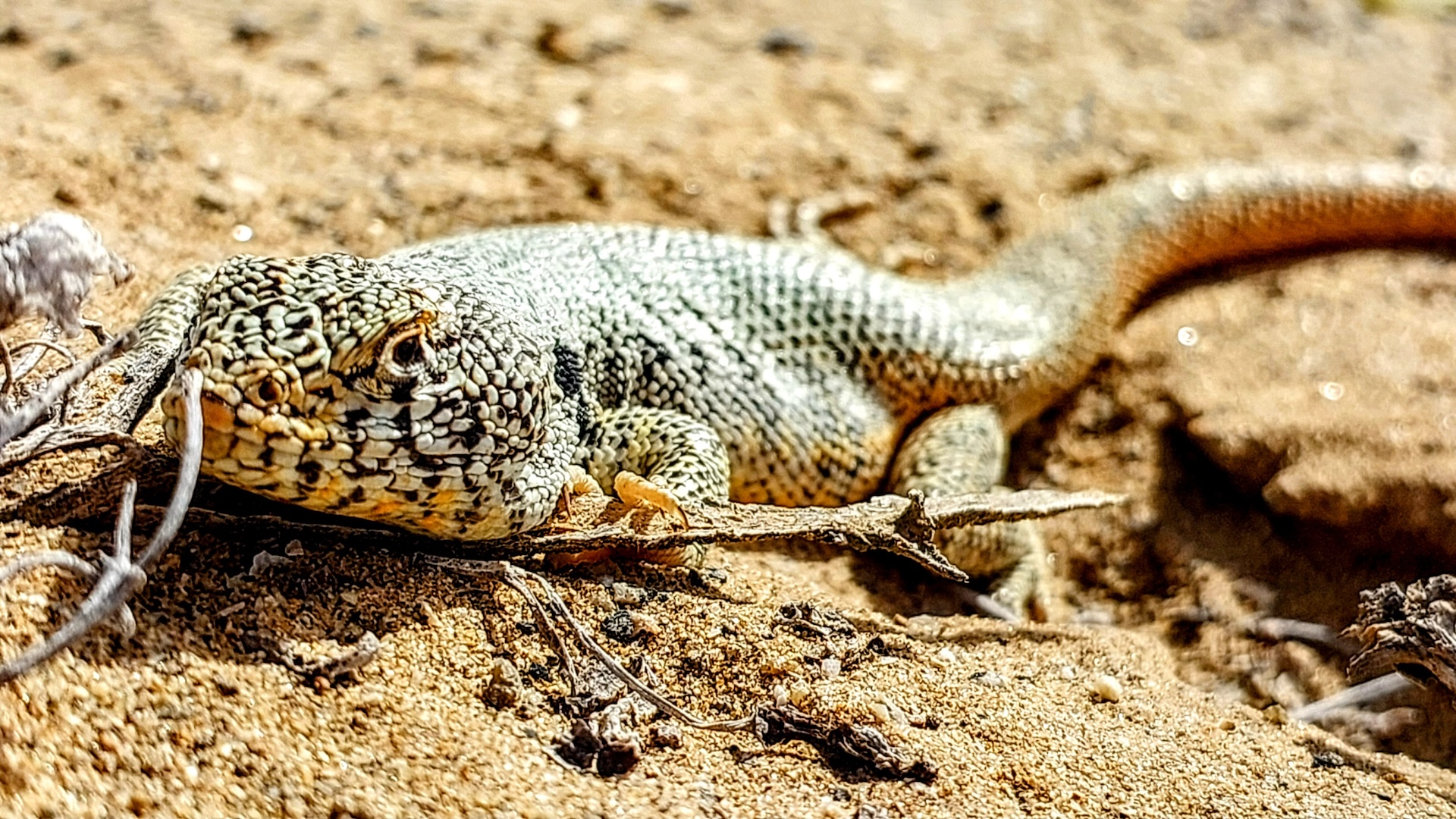
In 2015, the rains fell in March, activating the vegetation in winter, just as is happening now.
Sign up for the Live Science daily newsletter now
Get the world’s most fascinating discoveries delivered straight to your inbox.
That year it also rained in July and August, causing the desert to explode with flowers in spring.
But it's unclear if the same thing will occur this time. The National Oceanic and Atmospheric Administration (NOAA) forecast indicates that current ENSO-neutral conditions — a period when neither El Niño or La Niña are happening — will likely persist for one more month before transitioning to La Niña . This means that the drought will return, and the Atacama Desert will not have enough humidity to reactivate the vegetation during the cycle.
If precipitation occurs in the coming weeks, atmospheric humidity would be higher than normal, potentially causing a flowering desert in September. However, this is not forecast.
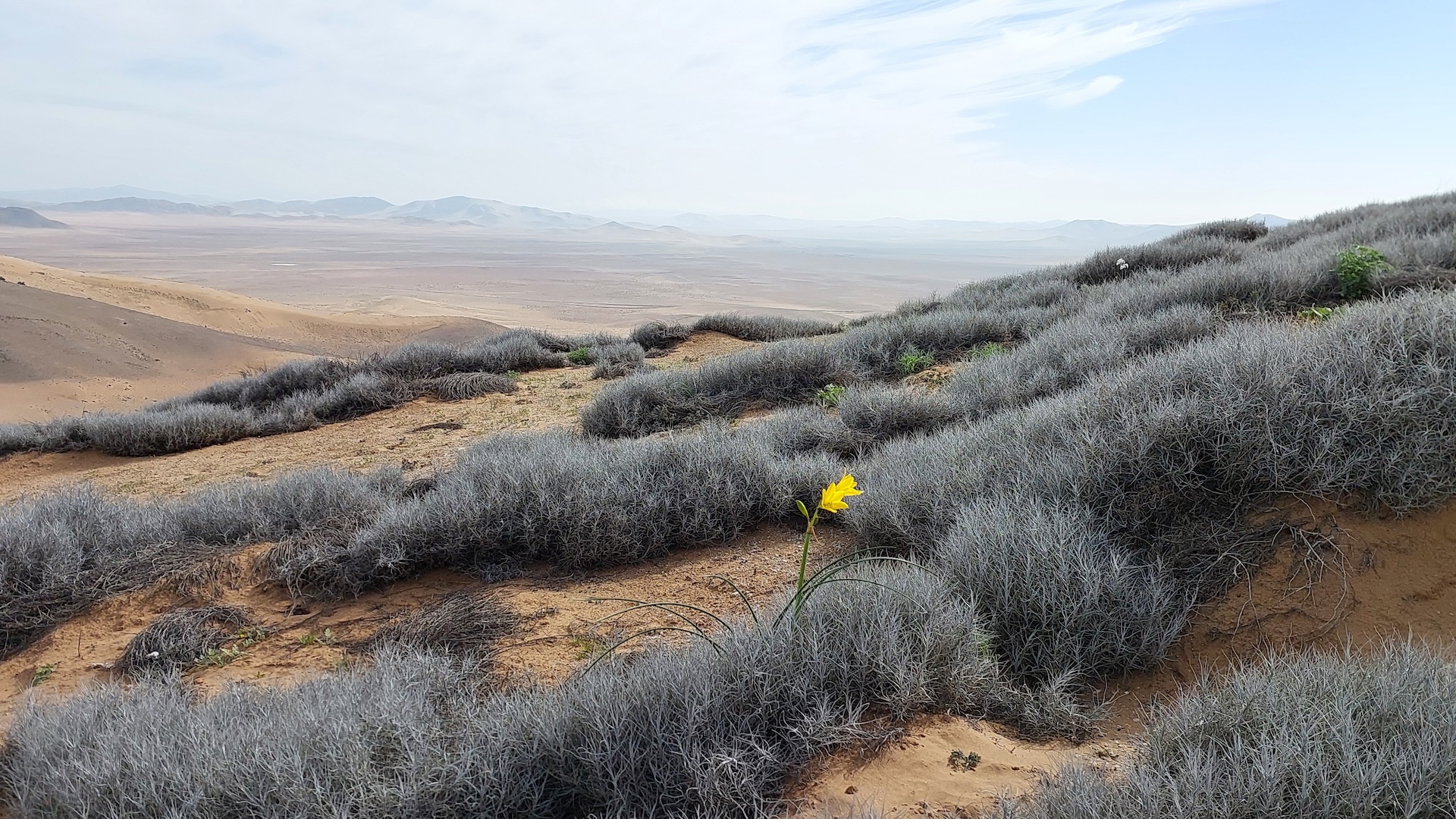
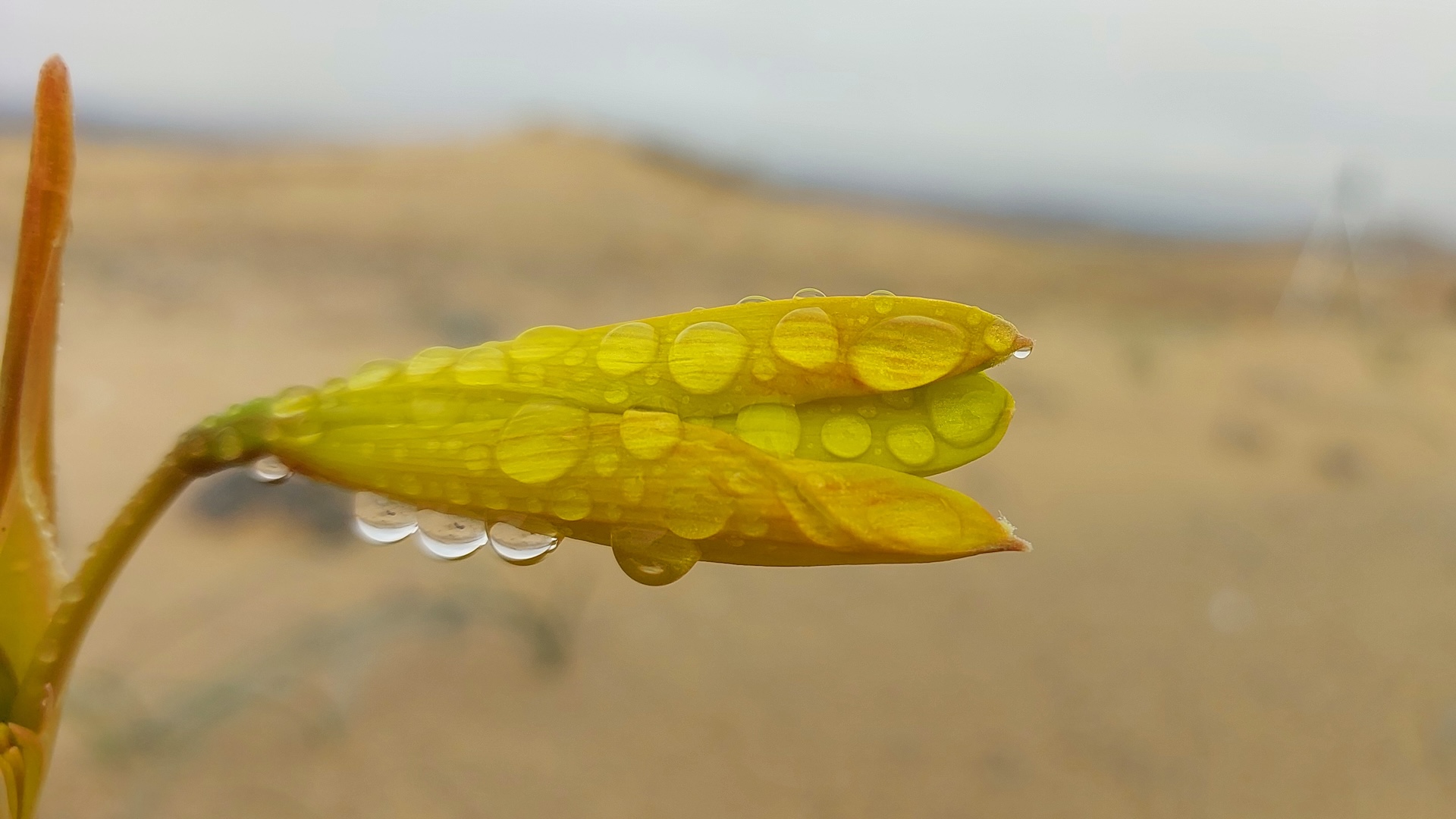
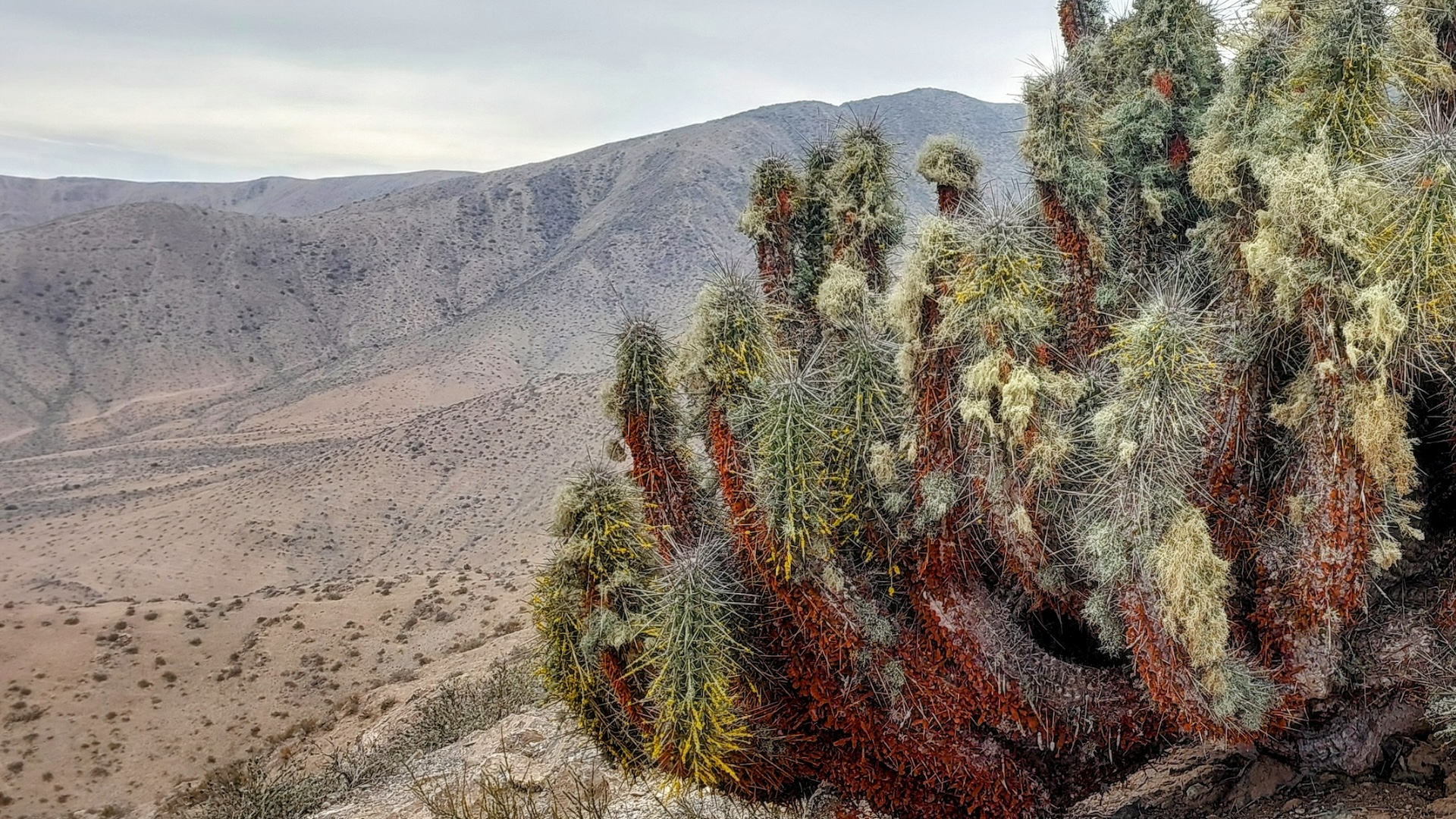
Alternatively, if La Niña occurs soon, the flower patches blooming this winter are probably the last ones that will be seen this decade (because of the El Niño, La Niña cycles), and there will not be a huge flowering next spring, Francisco Squeo, president of the Institute of Ecology and Biodiversity (IEB) and researcher in the Department of Biology at the University of La Serena, told Live Science.
The rare winter flowering of the Atacama Desert is not without problems. The main one, according to María Fernanda Pérez, associate professor of ecology at the Pontifical Catholic University of Chile , is that pollinators do not arrive as quickly as the plants react to rain. "If the seeds germinate and flower but the pollinators do not arrive, the seeds run out," she told Live Science.
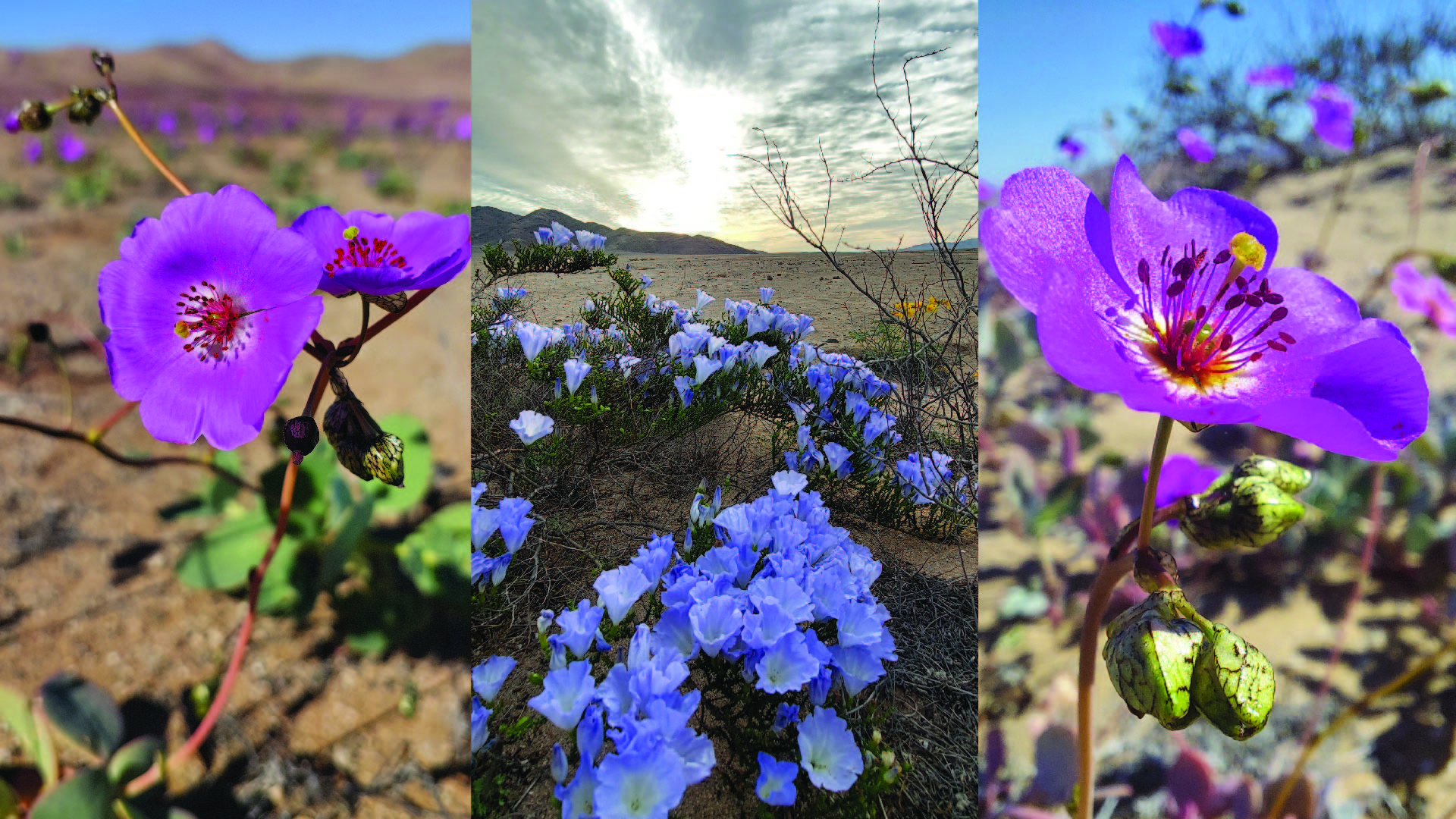
This is likely happening now, as there are currently no bees, moths, beetles or other pollinators present due to low temperatures, according to Pizarro. Only mites and a few reptiles, birds and mammals have been seen.
Herbaceous plants — like those flowering in the Atacama Desert — have a self-pollination mechanism that activates if a pollinator does not arrive in a given year. But this backup occurs late in flowering.
A major scientific unknown is what happens if this decoupling between flowering and pollinators caused by anomalous events , persists over time, as no seeds would be added to the reserve of those that remain dormant for the next reactivation.
"This very arid soil houses a treasure. [A] seed bank that has been resilient," she said.
With climate change, anomalous events like this year's winter bloom could become more frequent, potentially meaning annual plants do not reproduce. The flowering desert would only be left with bulbous plants, drastically reducing its diversity, or leaving room for invasive species, Pizarro said.

María de los Ángeles Orfila is a science journalist from Montevideo, Uruguay, known for her long-form writing featured in El País and El Observador. She also participated in the Sharon Dunwoody Mentoring Program 2023 offered by The Open Notebook and has bylines in Science, Scientific American, and Discover Magazine, among other outlets.









